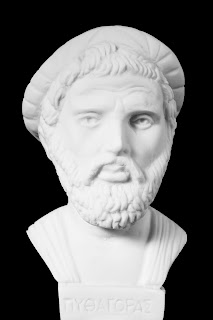Introducing Convolution Neural Networks with a simple architecture

Convolution Neural Networks (CNNs) are different from standard Neural Networks (NNs) as their input is 2-dimensional vs. 1-dimensional in a standard neural network. While the underlying principles between CNNs and NNs are same, CNNs do introduce some new concepts. In this article, we take a look at how CNNs operate using a very simple CNN architecture, given below. In this simple CNN, there is one 4x4 input matrix, one 2x2 filter matrix (also known as kernel ), a single convolution layer with 1 unit, 1 Rectified Linear Unit (ReLu) layer with one unit, a single pooling layer and a single fully connected (FC) layer. The elements of the filter matrix are equivalent to the unit weights in a standard NN and are updated during the backpropagation phase. Real-life CNNs are significantly more complex than this with several repeating layers of convolutional, ReLu and pooling layers forming a true deep learning network. All the matrix dimensions are also magnitudes higher to represent hig...



